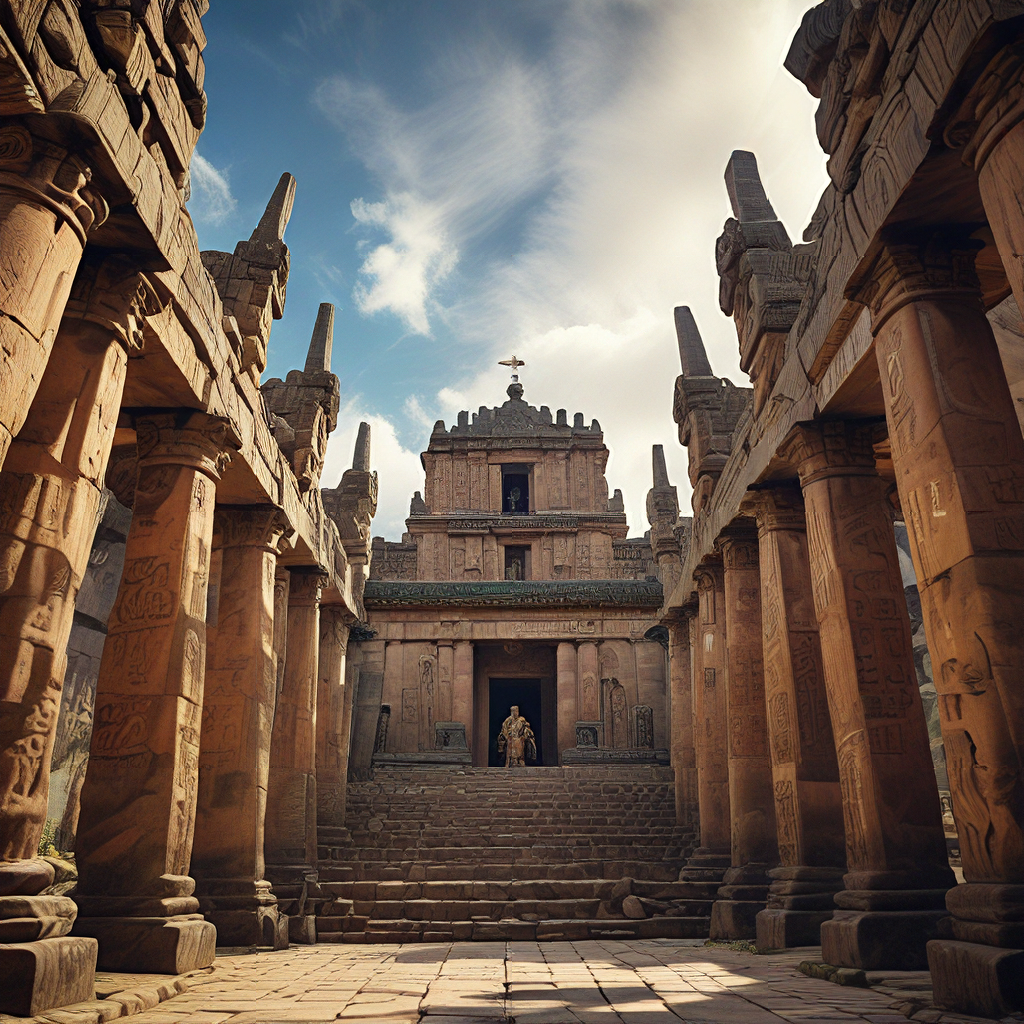The Myth of the Goddess Wadjet in Ancient Egypt
Who was Wadjet and What Did She Represent?
In the vast and captivating realm of Ancient Egyptian mythology, Goddess Wadjet held a prominent position symbolizing protection, power, and loyalty. She was often depicted as a cobra or a woman with the head of a fierce serpent, showcasing her connection to the Uraeus, the serpent deity representing royalty and divine authority. Wadjet was closely linked with the Lower Egyptian region and featured prominently in the Double Crown of Egypt (the Red Crown of Lower Egypt with the White Crown of Upper Egypt), signifying her crucial role in the unification and safeguarding of the land.
What Were the Key Attributes and Offerings to Goddess Wadjet?
As the patron deity and protector of Lower Egypt, Wadjet embodied traits such as strength, wisdom, and watchfulness. People revered her for her assertive and powerful nature, seeking her divine guidance and shield in times of peril or uncertainty. To honor and appease Goddess Wadjet, devotees presented offerings such as incense, flowers, and precious jewels at her temples, seeking her benevolence and safeguarding their homes and communities.
What Role Did Wadjet Play in Ancient Egyptian Mythology?
Goddess Wadjet played a pivotal role in various myths and legends of Ancient Egypt, showcasing her prowess in battles against chaos and evil forces. She was often associated with the Eye of Ra, a symbol of the sun god’s power and protection. According to one significant myth, Wadjet transformed into a fierce lioness and aided the sun god Ra in his battle against the malevolent serpent Apep, embodying the eternal struggle between order and chaos in Egyptian cosmology.
How Did Wadjet’s Worship Influence Everyday Life in Ancient Egypt?
The veneration of Goddess Wadjet had a profound impact on the daily lives of ancient Egyptians, influencing rituals, beliefs, and societal structures. Communities built temples dedicated to her worship, where priests conducted ceremonies and offerings to ensure her continued favor and protection. Wadjet’s presence in amulets, jewelry, and art pieces underscored her significance in warding off evil and instilling a sense of security among the populace, shaping their spiritual practices and cultural expressions.
In conclusion, the myth of the Goddess Wadjet in ancient Egypt transcends time, portraying a powerful deity revered for her protective and nurturing essence, epitomizing the enduring legacy of Egyptian mythology and its profound influence on art, religion, and society.
FAQ about The Myth of the Goddess Wadjet in Ancient Egypt
Who was the Goddess Wadjet in Ancient Egyptian mythology?
The Goddess Wadjet, also known as the Green One or Eye of Ra, was a prominent deity in ancient Egyptian mythology. She was often depicted as a cobra or a woman with the head of a cobra, symbolizing protection, royalty, and justice.
What was the significance of Goddess Wadjet in Ancient Egypt?
Goddess Wadjet was considered a fierce protector, especially of the pharaohs. Her emblem, the Uraeus, was worn on the crowns of Egyptian rulers to ward off evil and enemies. She was also associated with the fertile lands of the Nile Delta.
Was Goddess Wadjet associated with any other deities?
Indeed, Goddess Wadjet had a close connection with the Goddess Nekhbet, the vulture goddess of Upper Egypt. Together, they symbolized the unification of Upper and Lower Egypt and were known as the “Two Ladies” who protected the pharaoh.
How was Goddess Wadjet worshipped in Ancient Egypt?
Worship of Goddess Wadjet involved elaborate rituals and ceremonies, with temples dedicated to her in regions like Buto. Followers believed that honoring her



